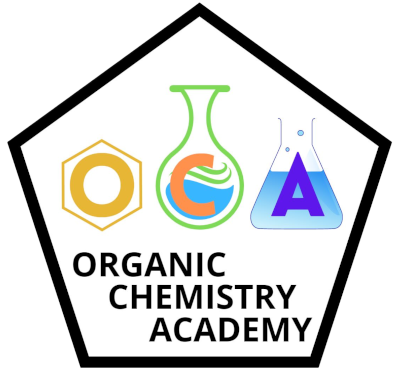In organic synthesis, it’s essential to know how to reduce a nitro group (NO2) to an amino group (NH2). There are two primary methods for doing this: catalytic hydrogenation and metal-acid reductions. Catalytic hydrogenation uses hydrogen gas in the presence of a catalyst like palladium in charcoal, platinum, or nickel. These conditions are considered neutral […]
